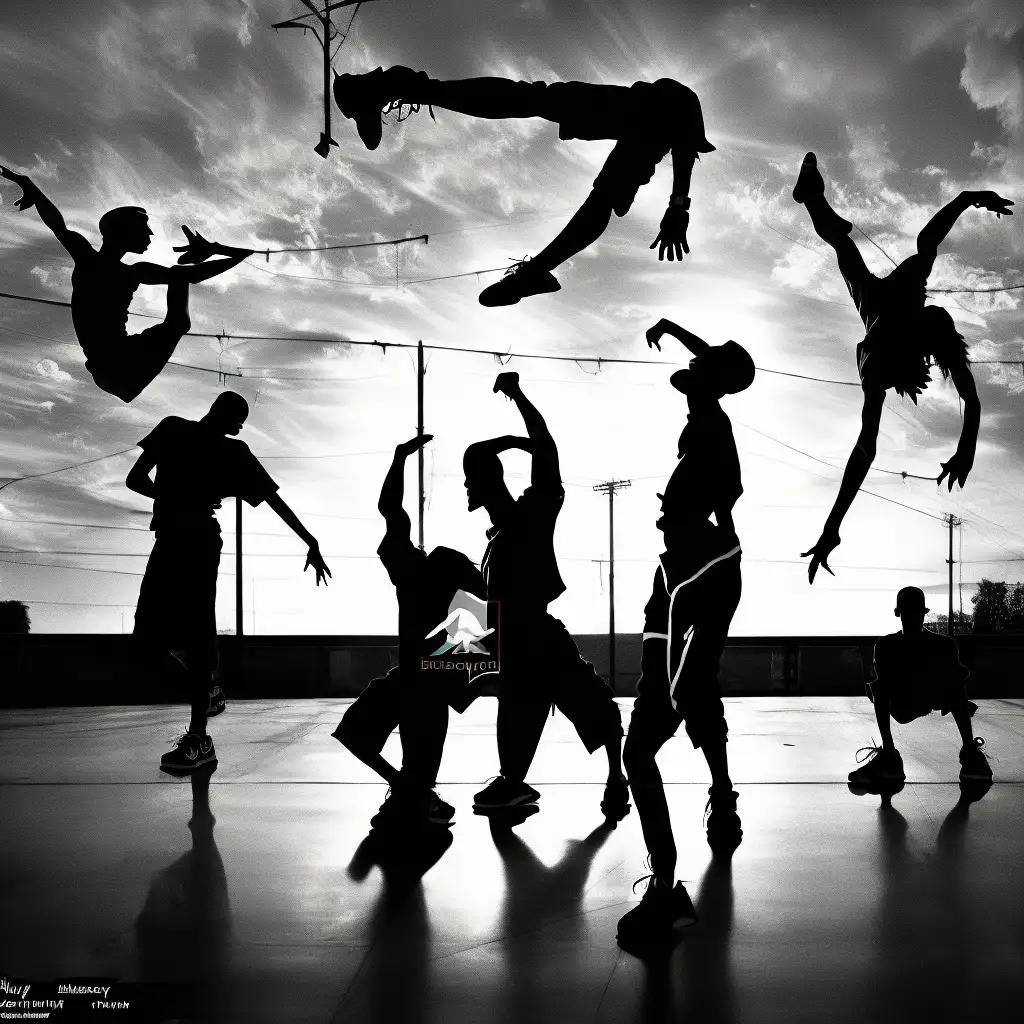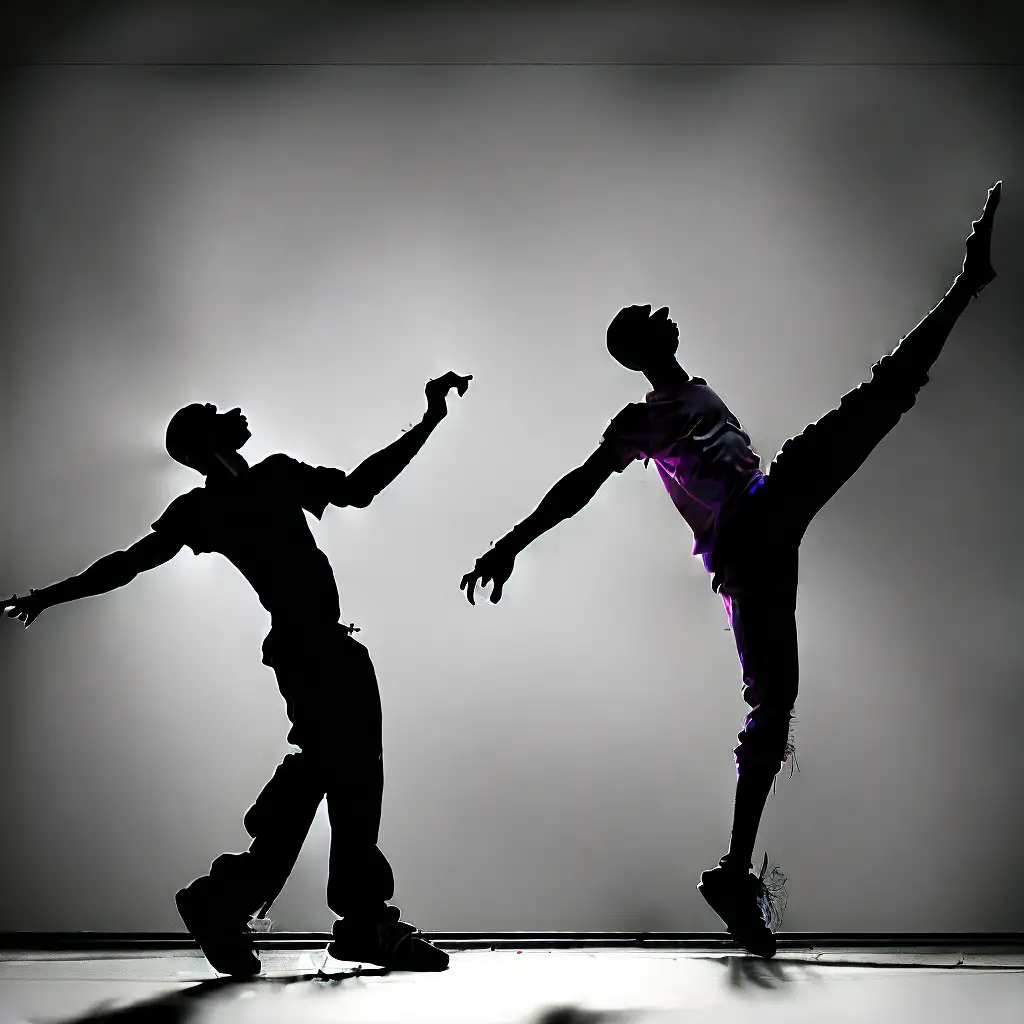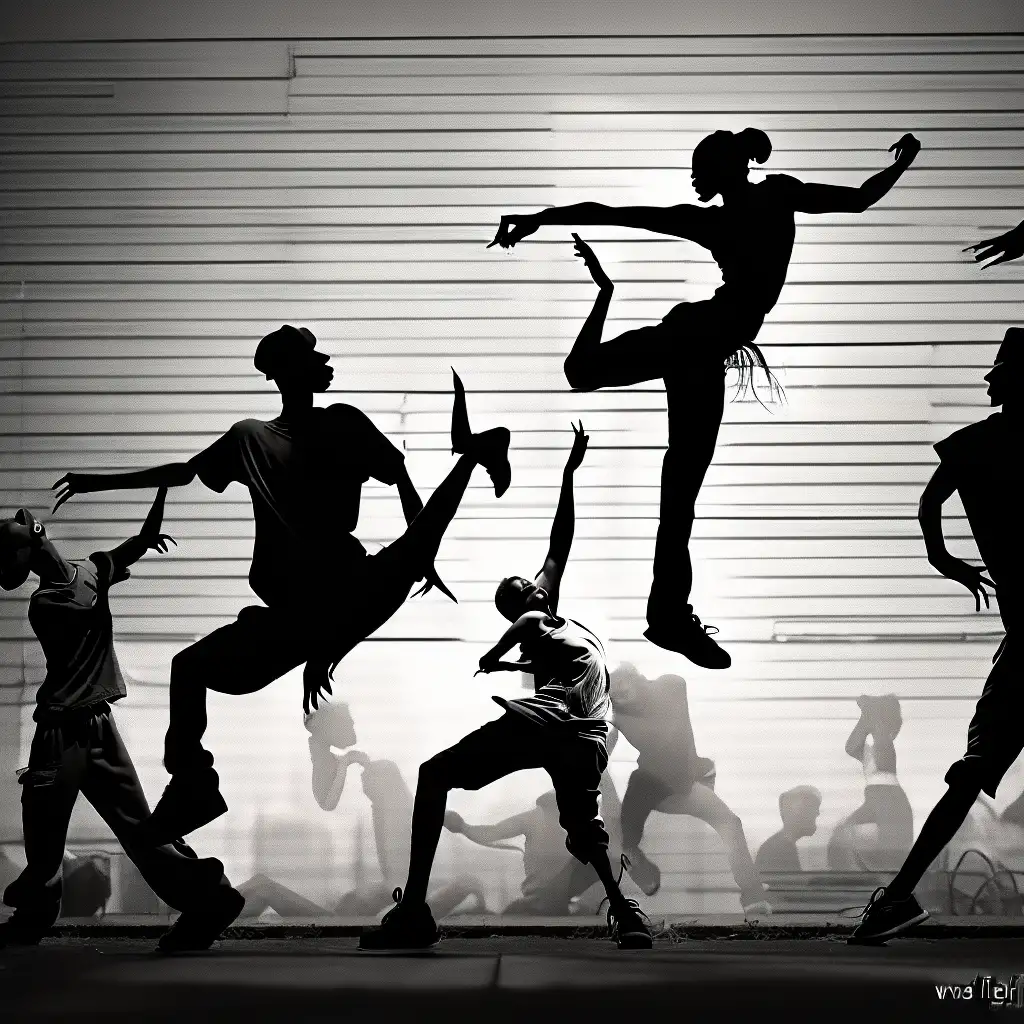The Origin and Evolution of Hip-hop Dance Styles
The evolution of Hip Hop's influence on it's dance styles and it's dance origins.
When people hear the word hip-hop, they immediately think of rap. The truth is, hip-hop is so much broader than that. In the 1970s when hip-hop was starting to spread, there were different parts to it. Art in form of graffiti, and rap were two of the major forms of hip-hop. Dance was the other huge part of the hip-hop movement.
Hip-hop dancing refers to a set of dancing styles that are performed mainly in hip-hop music. It's a special genre that has stood the test of time for about half a century and remains one of the most prominent dance styles of our time. Join me as I walk down the streets in the Bronx, New York in the 1970s to find out where this dance style came from and how it became such a global thing.
The Origin
In the late 1970s, James Brown was one of America's biggest artists. As people danced to his music, new modifications started to appear. Before long, the new dancing style got to the parties and clubs run by DJs. This new style of dance was called breaking, or breakdancing.
Clive Campbell, or DJ Kool Herc, one day realized that the dancers were waiting for certain parts of each record he played to channel their energy. This part of the songs when only the instrumentals played, was called the break. The young DJ didn't like that and decided to fix the problem.
He found a way to loop breaks using two turntables so that the break could last as long as he wanted. Herc's solution not only meant dancing could go on as long as he wanted, but it was also perhaps the first application of record sampling.
So breakdancing became the order of the day at most parties, it became the original hip-hop dance style. But this was all on the east coast. The west coast was yet to put its mark on hip-hop dancing, and boy did they put their spin on it.

The Evolution
The West Coast hip-hop community came up with different versions of breakdancing. They came up with robot dancing, a type of breakdancing that mechanized some of the moves to imitate the movement of a robot. Popping and locking, two other huge hip-hop dance styles were born on the West Coast. As time passed, dancers began to incorporate parts of the different styles from the East and West into their dance routines. And in true hip-hop fashion, dance battles thrived.
As hip-hop music progressed, so did the dance styles. Big hip-hop artists added the dancers to their live performances and hip-hop dance soon became a recognized art form, not just a street dance. Today, hip-hop dance is arguably the biggest dance style in the world.
Top Three Hip-hop Dance Styles
For about half a century, hip-hop dance has evolved and grown into arguably the biggest dance genre in the world today. If you'd like to some hip-hop dance moves to your skill set, here are three original types of hip-hop dance you might want to consider...
Breaking
Breaking, or breakdancing, is the original form of hip-hop dance, and it remains popular to this day. It requires top-notch athleticism, involves intricate footwork, and goes perfectly with drum breaks in songs. Breaking consists of four basic elements.
Toprock
When a breakdancer performs a set of steps while on their feet, it's called toprock. The intensity of the steps usually depends on the tone of the music or the general mood of the dancer. Toprock also allows the dancer to incorporate other dance styles such as popping and locking.
Downrock
Now we get to the athletic part of breakdancing. Downrock, or floor work, refers to any set of moves the dancer performs while on the floor. With their hands on the floor for support, dancers can then do all types of tricks with their legs in the air.
Power move
For this move, the dancer needs to have equal measures of control and athleticism. To complete a power move, the dancer needs to support themselves with their upper body while creating some sort of circular motion, something like spinning on their head.
Freeze
A freeze draws out as much control as the dancer can manage. Usually, after a set of moves, the dancer would then freeze in a stylish position for a second or two. Many dancers like to finish up a power move with a freeze.
You might already be able to figure out a flow from here. Start with toprock, then move to downrock. This gives you the perfect opportunity to transition into a power move, which you can then finish up with a freeze.
Locking
Although it started mainly as a funk dance style, locking quickly became one of the major hip-hop dance styles. It involves a dancer performing fast moves, usually with their hands, and locking themselves in a position for about a second before making another sharp move into another position. It's usually an improvisational dance style so dancers usually come up with their own moves.

Popping
Often paired and even confused with locking, popping is the third original form of hip-hop dance. It involves moves that are meant to create an illusion in the mind of the viewer, for example, the robot dance. Here are some cool variations…
Animation
In this variation, the dancer tries to imitate animated characters by performing rigid and jerky moves that make it seem like the dancer has been assembled frame by frame.
Bug'n
Also called boogaloo, bug'n is the complete opposite of animation dance. It involves a smooth transition between moves to trick the audience into thinking the dancer's body doesn't have any bones.
Tutting
Usually performed with hands, tutting happens when a dancer tries to create shapes with their body. They usually focus on right angles and boxes.
As you can tell, popping focuses on the creation of an illusion. It essentially tricks the audience into wondering whether the dancer is even human at all.
The Wrap Up
Hip-hop dance is arguably the biggest dance genre in the world today. But it started as an underground dance style performed in the streets of the Bronx, New York. It has evolved quite a bit over time, and it will continue to evolve. In a world where art forms are constantly breaking barriers and combining to create new styles, I can't wait to see what the future holds for hip-hop dance.
Blog Article Tags
hip-hop dance origin evolution culture music street movementMore Articles
Where To Find Good Indie Music - If you're a long time fan or first time listener of Indie music, we'll show you the best methods for discovering the music you love.
7 Tips for Booking Shows in Nigeria - Use the helpful tips to help give you a headstart booking shows in Nigeria
The Decline of America's Record Stores - Take a trip down the American record stores memory lane and find out where they went out of business.
How To Make Money As An Indie Artist - If you're looking for 5 easy ways to make money with your music, we show you how.
Best Places to Discover New Songs - If you're looking for new songs then check out our list below for great resources and more.


